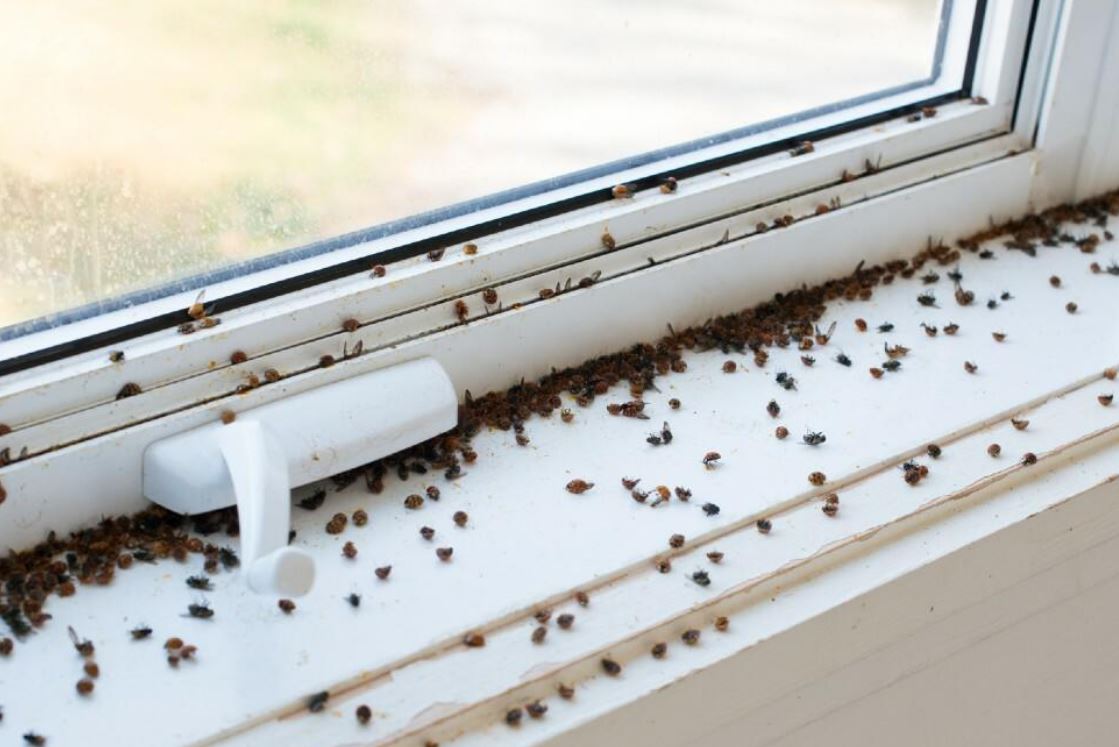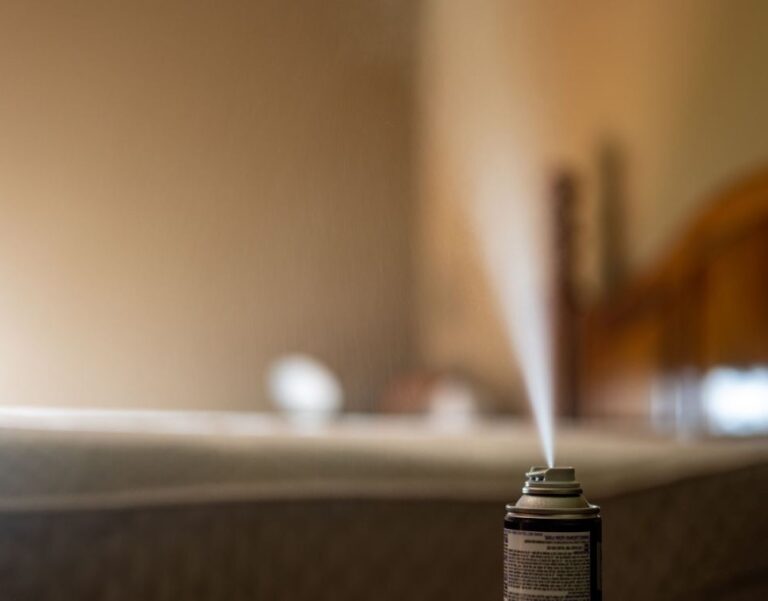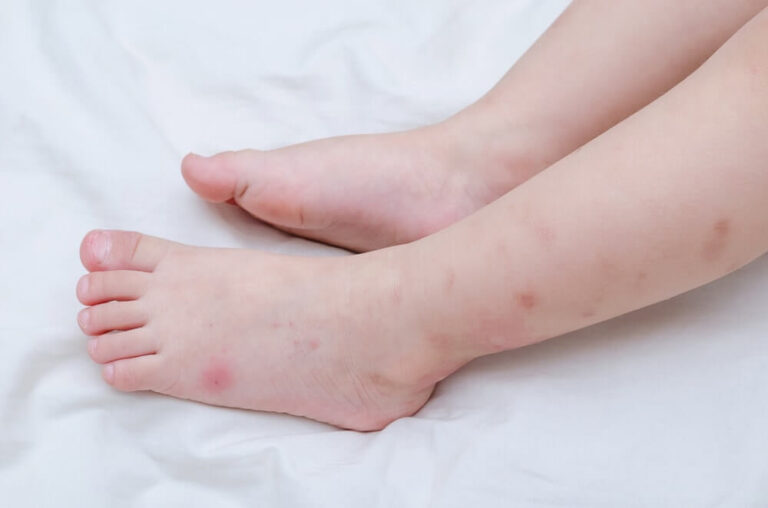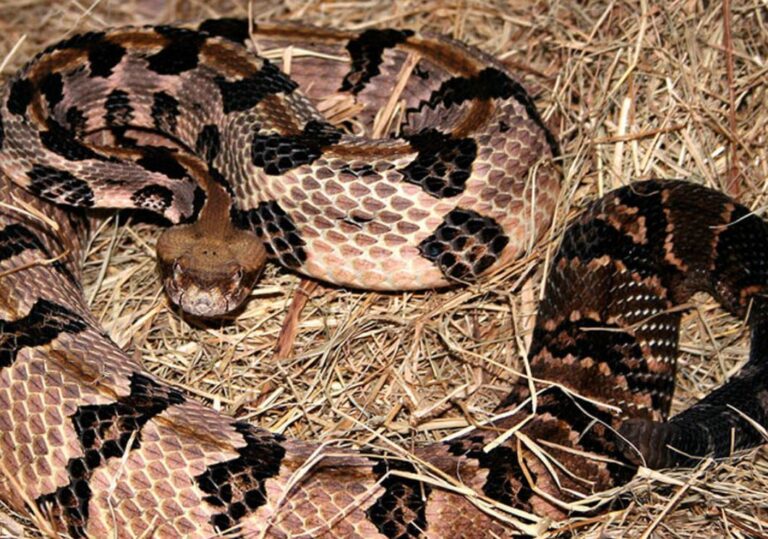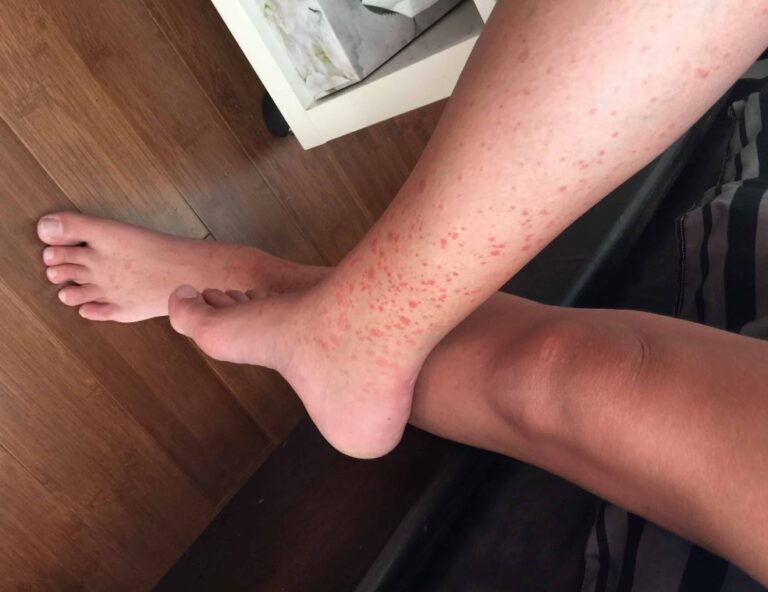What To Know If You’re Finding Ladybugs In Your House
Ladybugs are often seen as cute, harmless insects that bring good luck. However, when they start invading your home in large numbers, they can quickly become a nuisance. If you’ve been spotting clusters of ladybugs inside your house, you’re not alone—many homeowners deal with this seasonal issue.
In this article, we’ll explore:
- Why ladybugs enter homes
- Whether they pose any risks
- How to prevent and remove them effectively
Why Are Ladybugs in My House?
Ladybugs, particularly the Asian lady beetle (Harmonia axyridis), seek shelter indoors during the fall to escape dropping temperatures. Unlike native ladybugs, these beetles are more aggressive in finding warm overwintering spots. Here’s why they might be in your home:
1. They’re Seeking Warmth and Shelter
As temperatures cool, ladybugs look for cracks, gaps, and openings around windows, doors, and siding to hibernate. Once inside, they often gather in attics, wall voids, and around windows.
2. They’re Attracted to Light and Contrasting Colors
Light-colored homes with south or southwest exposure are more likely to attract ladybugs. They also follow sunlight and may cluster near windows.
3. They Release Pheromones That Attract More Ladybugs
When a ladybug finds a good hiding spot, it releases pheromones that signal others to join. This is why you may suddenly see dozens—or even hundreds—of them in one area.
Are Ladybugs Harmful?
While ladybugs are generally beneficial in gardens (they eat aphids and other pests), having them indoors can lead to some issues:
✅ Pros:
- They don’t chew wood, wiring, or fabric.
- They don’t reproduce indoors (they only come inside to hibernate).
- They’re not known to carry diseases.
❌ Cons:
- They can stain walls and fabrics with their yellowish defensive secretion (which has a mild, unpleasant odor).
- In large numbers, they can become a nuisance, crawling on surfaces and occasionally biting (though their bites are harmless).
- Some people may experience allergic reactions to their presence.
How to Get Rid of Ladybugs in Your House
If you’re dealing with an infestation, here are some effective ways to manage and prevent them:
1. Seal Entry Points
- Inspect your home’s exterior for gaps around windows, doors, siding, and utility lines.
- Use caulk, weather stripping, or mesh screens to block their entry.
2. Use a Vacuum (But Be Gentle)
- A handheld vacuum can help remove clusters of ladybugs without crushing them (which can leave stains and odors).
- Empty the vacuum immediately to prevent them from escaping.
3. Try Natural Repellents
- Citronella, citrus oil, or vinegar sprays can deter ladybugs.
- Diatomaceous earth (food-grade) sprinkled in entry points can help keep them away.
4. Install Insect Light Traps
- UV light traps can attract and capture ladybugs near windows.
5. Call a Pest Control Professional (If Needed)
- For severe infestations, an exterminator can apply targeted treatments to keep them out.
How to Prevent Future Ladybug Invasions
Prevention is key to keeping ladybugs from returning:
✔ Install tight-fitting screens on windows and vents.
✔ Keep outdoor lights off at night in the fall (or use yellow bug lights).
✔ Trim vegetation near your home’s foundation to reduce hiding spots.
Final Thoughts
While ladybugs are helpful garden allies, they can become unwelcome houseguests when they move indoors. By sealing entry points, using gentle removal methods, and applying preventive measures, you can keep your home ladybug-free without harming these beneficial insects.

